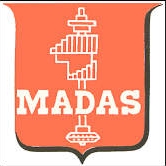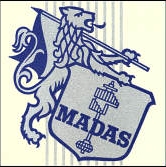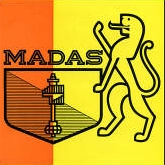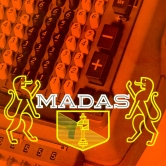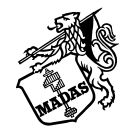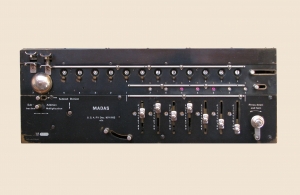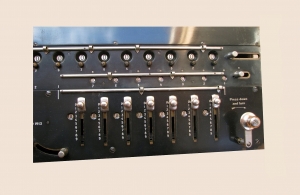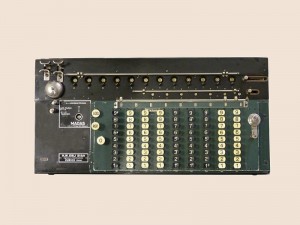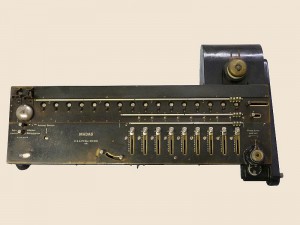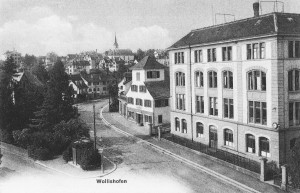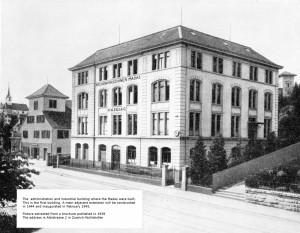Pages:
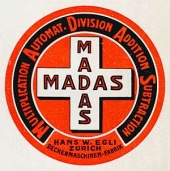 Fast-growing (1915-1935).
Fast-growing (1915-1935).
The Millionaire, point of departure of the firm Egli A.-G., was not, however, a small calculating machine, well-adjusted for office requirements. It was hardly transportable. A very simple model was 67 cm large and weighed 36 kg. More complex models, with electrical motor, were still much heavier. The most important model weighed 73 kg.
So, in order to sell such a machine, marketing had to present solid arguments, for example speed.
Also, it was said that for computing the arithmetic operation “(716 x 716) + (535 x 535)”, it took 8-9 seconds.
It became obvious, however, from 1908, that a new kind of machine, smaller and lighter, was a necessity. A new design was made for a calculating machine, centred on stepped drums (see technical section), in 1911. The mechanism is in the general style of the Thomas Arithmometer, with extensions developed by German engineer Erwin Jahnz living in Zuerich. Production of this machine began in 1914, known as “MADAS”. This acronym means “Multiplication – Automatic – Division – Addition – Subtraction”. A certain number of models appeared between 1914 and 1922. These models were less heavy than the Millionaire, but still pretty large to be carried.
- 1922 – Adjunction of a keyboard
- 1925 – A security mechanism is included to block the counter clearing, as long as the crank is not in its rest position.
- 1926 – The electric motor is tucked inside the bodywork.
- 1927 – Introduction of the “DIV stop” key for stopping the Division.
- 1927 – Arrival of the first full automatic MADAS model, able to make all arithmetic operations, with separate keyboard for multiplier and multiplicand.
- 1928 – Introduction of a special touch key for starting the Multiplication.
During this period, two production lines co-existed, one for the Millionaire, one for the MADAS.
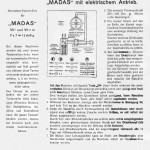 Here, you can see an old document, named “Start with operations”, in German, concerning the machines VIIt and VIIet. This document is dated from 1928 and the drawing is dated “Zuerich, June 27 1923”.
Here, you can see an old document, named “Start with operations”, in German, concerning the machines VIIt and VIIet. This document is dated from 1928 and the drawing is dated “Zuerich, June 27 1923”.MADAS portable
It is only from 1931 that new designs of the MADAS have allowed the machine to be carried more easily. These new models, constantly improved until around 1960, were named “MADAS portable” (see Portfolio).
John Wolff describes this new design as follows:
The A and (later) B series were 10-column machines with fully-automatic multiplication and division, including automatic carriage positioning and register clearing. A semi-automatic L series provided automatic division but deleted the automatic multiplier. The machines all used the same basic calculating mechanism, with various combinations of features including automatic division setup, back transfer, extended tens transfer, push-button carriage positioning, and a second accumulator register. Only the simplest models were available in hand-cranked versions.
